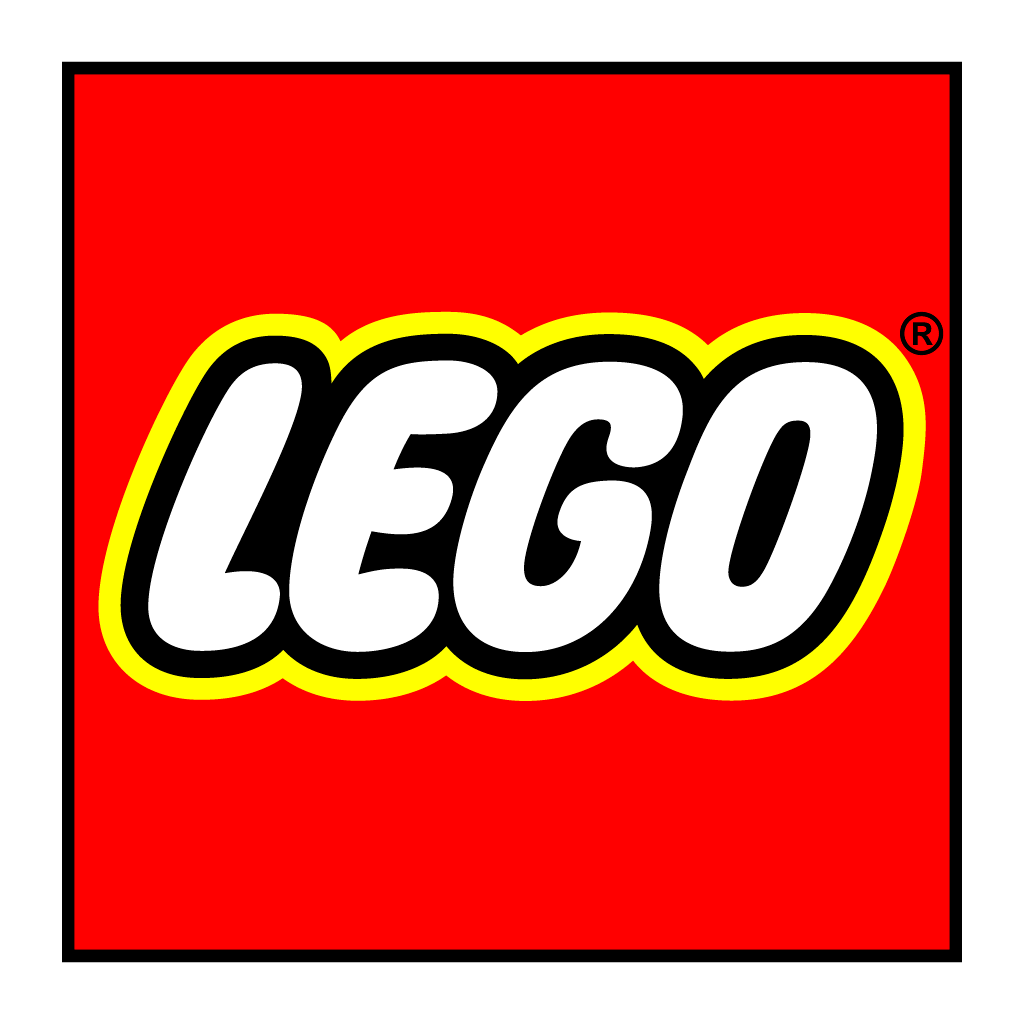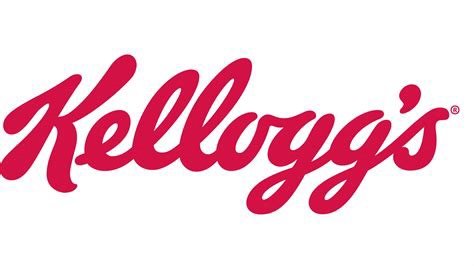Comparing text logos versus graphics
Text-only logos rely on typography to create a unique brand identity. Iconography, on the other hand, uses symbols or images to represent the story behind a brand. These graphics can be an abstract shape or something recognizable used as a metaphor. Both approaches have their advantages and disadvantages.
When deciding which approach to use for your logo, it’s important to consider what you want your logo to communicate. This refers to:
The brand’s mission and values.
The target audience’s goals and aspirations.
The brand’s personality.
The product's unique selling proposition.
Historic value of the company.
The approach taken by your peers in the industry.
The places the logo will be used.
At first sight, a text-only logo might imply a simple and elegant brand identity. Text-only logos can be easier to create and reproduce, but they may not be memorable to the extent of more complex logos. But if you want a more visual brand identity, iconography might be the way to go.
Typographic logos
Text logos are great for businesses that want to emphasize their name as their identity. In general, typography logos work well when the name of the business is short and unique. Luxury brands therefore use fonts that evoke a feeling of prestige and heritage. The fonts used in these logotypes become synonymous with the brand itself.
Other brands will use less formal fonts as a logotype to convey a sense of friendliness and approachability. These fonts are simple and easy to read, which makes them more accessible to a wider audience.
Iconography
A logomark or logo icon is the graphic element by which the public can identify a brand, even when seen with no text. A good logomark could say a lot about a company or hone in on a specific emotion or message behind the brand's character.
Final thoughts
Whichever form you choose, the end use and longevity of the logo remains important. Trends come and go, but your message should remain clear. Determining your intention first makes branding consistent.




















Having a well-crafted personal brand can attract more opportunities, establish credibility while placing you as an authority in your industry. Take charge and shape your own career path. In this article, we will explore the steps to update your personal brand to create a powerful online presence that aligns with your dreams and values.